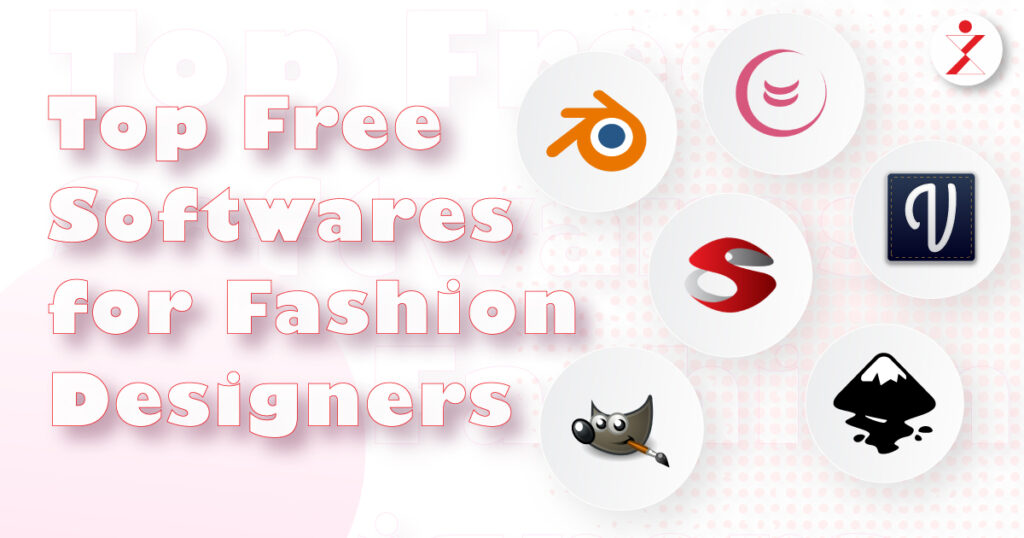
Fashion is an art, and Fashion Designing itself is nothing less than an expression of that art form. No matter which art form you choose, keeping up with trends and technological advancements is integral to becoming the master of that art, especially fashion design. As the saying goes; You Snooze, You Lose, and it’s true on various levels for the fashion industry. I believe Fashion is one of those industries that has seen massive growth in using technology to its full potential.
When it comes to software, they can prove to be pretty costly and someone who is just starting their journey in fashion designing might have a hard time acquiring these software licenses. There are just too many monetary hurdles to cross and it becomes more complicated. While most of the software offers special student discounts, it’s still an investment. Students can’t just spend their pocket money on software; they also have a responsibility towards enjoying their student life.
This problem persists through small businesses and people trying to build their fashion brands as well. They might still be at a stage where they can’t afford to invest so much money in Fashion designing software.
This blog might help you save some money no matter whether you are a student, a small business, or someone looking to set up your own fashion brands.
There might be a minority of people who still think about why someone would need Software for Fashion Designing. Fashion Designing is all about drawing designs on a sheet of paper and creating clothes based on that design. I would not say you are entirely wrong, but this is just half the process.
While Fashion Designers today still prefer to create the preliminary designs on a sheet of paper the old-school way, the final designs are mostly done on software. There are several reasons for that, and we will discuss that later in this post.
There might be a minor section of people confused about why a fashion designer would need software. Isn’t Fashion designing all about sketching designs on a sheet of paper and then creating clothes based on those designs?
I wouldn’t say you are entirely wrong; fashion designers have carried out this process for a long time. But the whole process has evolved now; sketching designs on a sheet of paper is, in today’s time, the preliminary process of fashion designing. The final designs are done using software mainly because the software provides a lot of flexibility and helps the process make a lot easier. There are several reasons why Softwares has become such an integral part of the fashion designing process, and we will discuss that in a later section of this post.
Before we can understand the benefits of using Fashion Designing software, let us try and understand the process of fashion designing first. If you are aspiring to become a fashion designer, understanding the process will help you out. If you are already an expert fashion designer who has a lot of experience in the field, you can directly skip to the best fashion designing software list.
How Fashion Designing Process has evolved over time:
As we already know, the concept of Fashion has been around since and before the 18th century. If you look back at the two centuries of fashion history, you will find that the designing process was more straightforward than today.
When Charles Fredrick started the concept of fashion houses, several fashion houses sprouted across Paris; They would hire an artist to create various patterns for garments. Fashion Houses then showcased these designs/patterns to their customers, who would then order the designs/patterns they liked. It was the inception of a process where a pattern was shown first on the paper, and then the customer puts in an order for stitching. Before this, the fashion houses showcased the ready garment directly to the customers.
Now, you can imagine the fashion houses’ pain if a pattern would not work out. But the thing is that Fashion during this period was not for everyone. Fashion Houses used to create the designs and stitch them exclusively for individuals, and not everyone could afford it during that time. Well, many of us could not afford to get custom-fit designer clothes even in today’s time.
It was not until the mid-20th century that fashion clothing was mass-produced. Mass production did wonders in the fashion industry. Towards the end of the 20th century, awareness of Fashion among people had grown exponentially. Mere variety in choices and affordability pushed the masses towards accepting the idea of wearing clothes based on their comfort and style. Most of the time, trends predominated the style – but you get the point.
You might ask; what does this history have to do with Softwares and the importance of software applications in the fashion industry. Well, read on, and you will find out. I strongly believe that mass production, affordability, and awareness among people are major reasons why the top fashion designers and big fashion brands adopted the software so early.
To keep customers satisfied by giving them choices as often as possible and mass producing them means that they have to fast forward the process to have the stocks ready at the right time. All that means, if the whole process is done on paper, imagine how many iterations of designs a fashion designer would have sketched. Every time a small portion of the design needed a color change, the fashion designer would sketch it from scratch. That was a colossal waste of time and paper – think of all the environmental impacts of it – As is we are trying to deal with the whole Fast Fashion & its impact on the environment, the paper would just have added to the problem. This is where Softwares came to the rescue. Multiple iterations could be done on the design instantly, and the whole design can be changed in a matter of hours, if not days. It just made the life of fashion designers so much easier. This also made implementing the psychology of colors and clothing easier and helped fashion houses adapt to the changing consumer behaviors.
Ok, now that you have understood the process & a bit of the history of Fashion, you are ready to dive further and look at some of the best free Fashion designing Softwares that can help you get started in the field of fashion designing. I would always suggest getting a fashion designing course if you are a beginner since that would help you learn all the fundamental concepts of fashion designing. Anyways, here we go.
List of Free Fashion Designing Softwares:
- Blender
- Tailornova
- Valentina
- Seamly2D
- Inkscape
- GIMP
Details of Each of the Fashion Designing Softwares:
Blender:
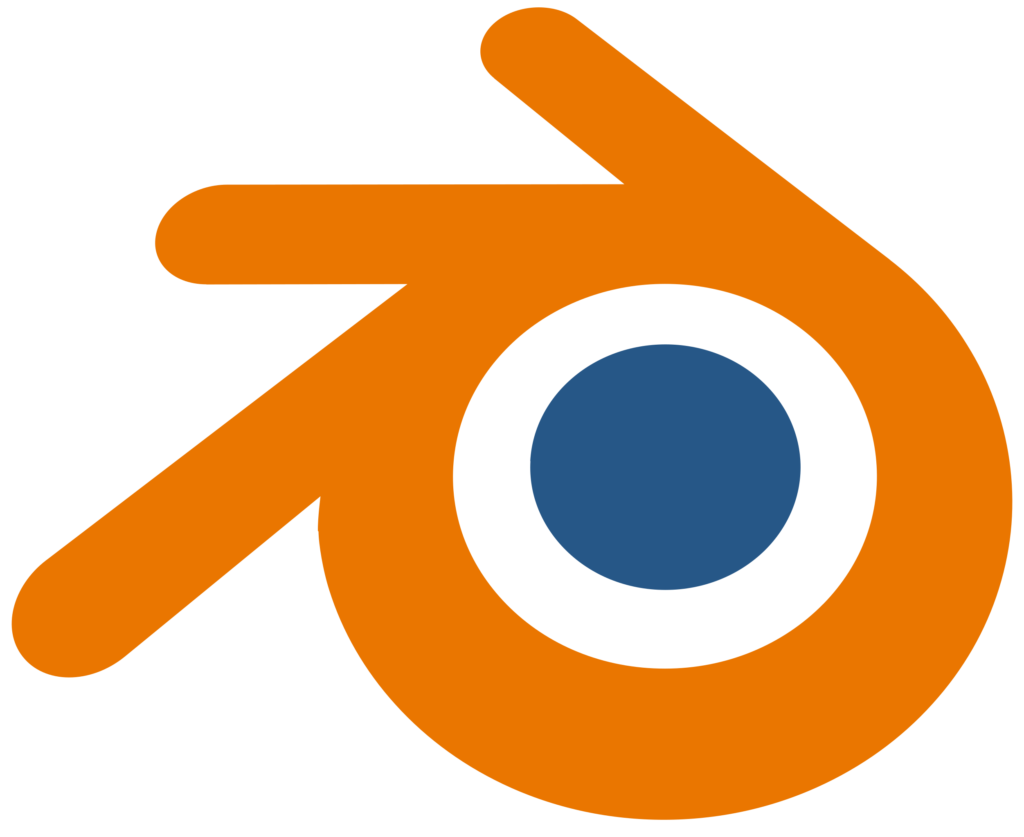
Out of all the Software I will talk about in this blog post, Blender is, without a doubt, my favorite one. There are multiple reasons for it. Blender is a powerful 3D open software. Professionals from every industry that involves 3D rendering use this software. From graphic designers, VFX Artists to Fashion Designers, Blender has a place for everyone. The best part about it is that it’s open-source. For those of you who don’t know, there is a difference between free Softwares and free, open-source Softwares. Open Source Softwares are public-based Softwares where anyone with a knowledge of coding and software development can work on it to improve it. This is one of the reasons why Blender is so powerful. Blender has become so famous over time that Apple has joined the Blender development fund. Here are some of the things you can do using Blender as a fashion designer.
- 2D Drawing
- 3D Modelling
- 3D Rendering
- Cloth Simulation
- Compositing
- And a lot more…
Blender is available on Windows, Mac, Linux, and any other operating. The only operating systems Blender support are mobile operating systems like Android, One Ui, etc.
Also, as mentioned earlier, Blender is free to use, with no hidden charges or anything like that. You can download the software from their official site, install it and start using it right away. Remember that Blender is a bit advanced software, so you might have to go through some tutorial videos to get accustomed to how it works and how you can use it best to your advantage.
Tailornova:
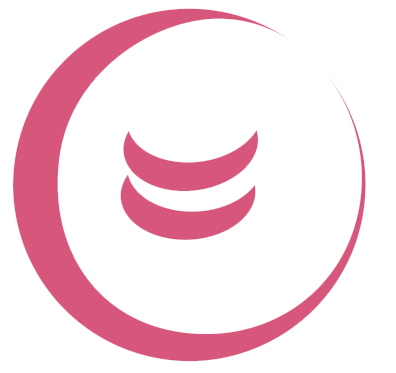
Tailornova promotes itself as the world’s smartest 3D Fashion design software, and I can’t say they are entirely wrong in saying so. Tailornova is more of a web application than a Software. You need to visit the website and start designing—no hassle of downloading and installing the software onto your system. If you travel a lot but do not necessarily have a laptop with you, Tailornova can come in handy for you as it redefines the concept of portable software.
From creating an initial preliminary sketch to having a 3D view of your design, Tailornova can do it all. You can also create flat patterns using this software. If you are looking to start your fashion brand, Tailornova even has an automated on-demand manufacturing process too.
I don’t think it would be a stretch to say that Tailornova is the Swiss Army Knife of the Fashion Designing process. They also have quick-learn videos that will give you a walkthrough of the tools and the software.
Valentina:
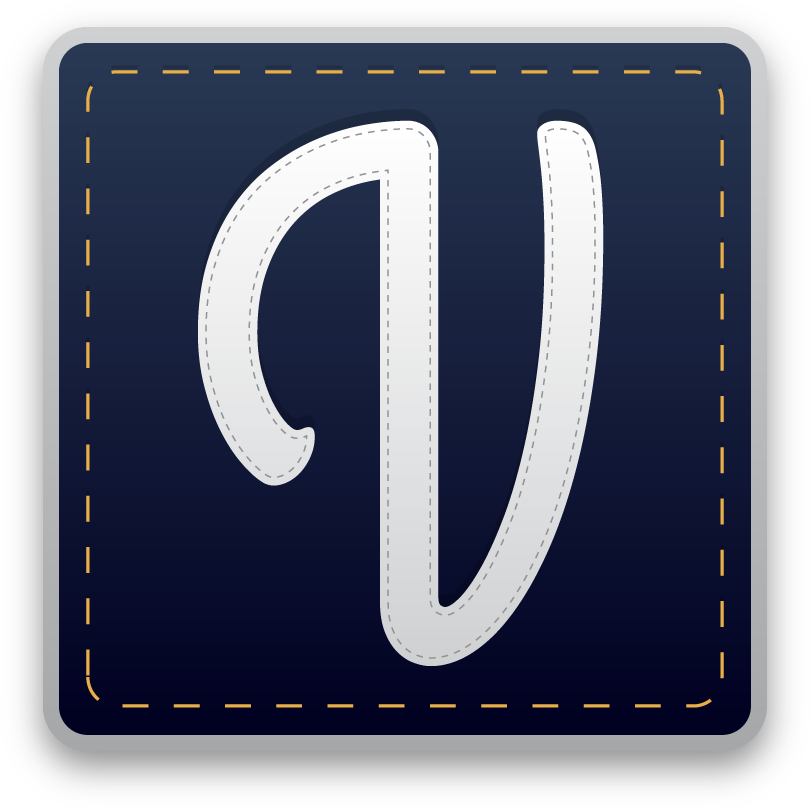
Valentina is another open-source fashion designing software out there, and as I mentioned earlier, if it’s open-source, it’s powerful & valuable. If you are starting up as a fashion designer or even someone just testing the waters, Valentina is a definite go-to tool for you, thanks to its simple & intuitive user interface.
Valentina is promoted as a pattern-making tool across the internet, though it can do a lot more. If you are a small business or a new brand, Valentina could help you expand your business. One of the significant pros of Valentina is that once you have built a pattern using Valentina, it can be automatically restructured & rearranged to different sizes. You can program some processes in the patterns, which can lead to additional automation while rebuilding patterns.
Features that you get in Valentina:
- Fashion Illustrations
- Fabric Matching
- Pattern Grading
- Pattern Design
- CAD Tools
- And a lot more…
The software is free for everyone to use; All you need to do is visit their official site, download, install and start using the software. It can run on Windows, Mac, and Linux.
Seamly 2D:
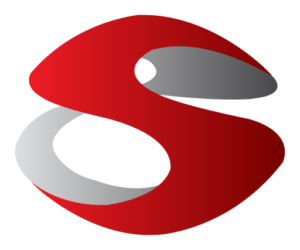
Seamly 2D is another open-source software on the list. The central focus of Seamly 2D is pattern drafting. The best thing about Seamly 2D is that it gives you complete control over the pattern designing process. You can create re-usable & scalable custom fit patterns.
Seamly 2D again is free for everyone to use, and it runs on Windows, Mac, and Linux.
Inkscape:
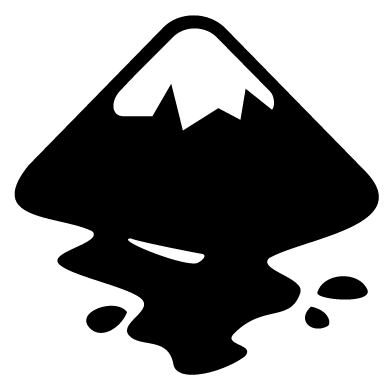
We all know how great of a software Adobe Illustrator is. If you have never used it Let me, tell you this – It is one of the most splendid software I have come across. From Graphic Designers to Fashion Designers, it caters to a wide variety of audiences. I have been using it for years now and am absolutely in love with it. The problem, though, is the ungodly subscription prices.
Don’t worry; I bear good news for you; there is a free alternative to Illustrator that can get the job done. It’s Inkscape.
Though it’s not as powerful as Illustrator itself, many professionals prefer Inkspace over Illustrator since it helps keep the costs low while getting similar results.
Inkscape is available for Windows, Mac, and Linux Users.
GIMP:

While Illustrator is the best-paid software, there is Vector Graphics; Adobe Photoshop is one of the best software for photo editing & manipulation. But again, the subscription fee is the major hurdle to cross.
So, I bring you one of the best alternatives to Adobe Photoshop – GIMP. GIMP was previously only available for Linux Users; Now, even Windows users can enjoy it. If you have already been using Photoshop, it might take some getting used to GIMP. But this is one of the best free alternatives there is.
GIMP is now available for Windows, Mac, and Linux Users.
Conclusion:
For some reason, the Fashion Industry is dominated by proprietary Softwares, and there are only a few Softwares available for free. This list contains all those free fashion designing Softwares. If you think I have missed out on any Softwares in the list, do let me know in the comments below, and I will be happy to add it.
I would also love to know if you have already used any of the Softwares mentioned above. If yes, which one and how do you feel about it. It will help other readers make some decisions.
